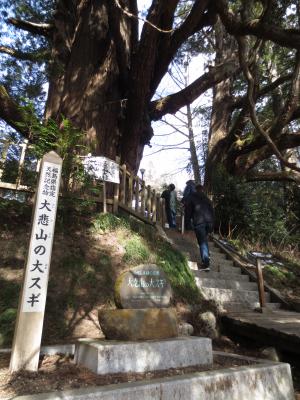During our study tour to Minamisoma and Soma we experienced and learned many things. Our first stop was in Fukushima City to learn about how the radiation in Fukushima exists in the environment and how it affects us. At the decontamination information center we learned about the cleanup process and the steps that are taken to do so. It was very informative especially when we learned about how our bodies have ways to deal with radiation naturally on a cellular level. Then we took a trip through snowy mountains on our way to Soma. It was quite the picturesque ride. The mountains of snow were beautiful and the views were fantastic as we drove through the windy roads. We reached our destination for lunch at a waterfront restaurant. they served what I believe to be surf clams. It was a delicious lunch of course! Once lunch was over we headed over to Matsukawaura Fishery Cooperative. There we were informed of the consequences the disaster had on the fishing industry here. In my understanding, they are finding that many of the fish here that aren't banned have been shown to be safe to sell and eat. This is based on the radiation levels that they tested them for. However there isn't an ideal way to test each and every fish over time. Sufficient data for majority of fish cannot be gathered because it requires more than a season to do so. That isn't long enough since the fish tend to be seasonal, so they cannot get a long continuous stream of data. The fish are not as easy to sell because of data issues and strict controls over what used to be easy with large fish markets. They are hoping to return to the large, open-fish markets someday in the future where people will have confidence again in the safety of the fish. After this visit we were back on the road heading toward the Wada Strawberry orchard to learn about its recovery and for strawberry picking. Many volunteers over the years have helped the damaged orchard recover and run up to 70 percent of it's original output. The folk that run the orchard are very thankful and you can see that things are looking up. They use hydroponics to grow the strawberries so they are safe from outside influences. For many in the group this was a tasty delight. We weren't the only ones here that day either! We had a chance to eat as many strawberries as we could. We then visited Soma Nakamura Shrine. Some of us had a chance to wear samurai outfits for a photo opportunity. Then we fed horses carrots. Soma is famous for their summer festival where horses are everywhere! For some folk this was a highlight. They were large and beautiful horses. We took a tour through Soma city and were informed about housing for the displaced here. Some homes were designed to be two stories tall. This being the reason for many elderly not having to live alone in a single floor place. The next day we made our way to Minamisoma for a tour of the coastline. There were many flat fields with rubbish piled up into sections. I saw a car flipped over at some point. Many of these cleared fields were once pineforests that were decimated during the tsunami. Houses were in disrepair and severely damaged. It must have been a lot worse three years ago here before the cleanup started. It was a bit intense to see especially when you know people had lost their homes and lives here. It really makes you more connected to the situation when you can see it for your own eyes the impact and mark it has left on the land. For me one of the highlights was to see the stone Buddha statues of Daihisan and a very special tree. For a time this was a restricted area, but that order has been lifted. While the statues themselves are about 1,000 years old more or less, I was really impressed by something else.The largest tree and the oldest that I have ever seen! I was amazed! Some of the branches were cut since the tree was so close to the housing for the buddha statues. Regardless it is still a magnificent tree. Why don't we have these kind of trees where I come from? The last part of tour was a visit to Minamisoma's newly built Solar Agricultural park. To me this was a great way to end our tour. It demonstrates hope and action for the future by using alternative energy sources such as solar power. It was built to provide electricity to nearby homes in the community and can do so for 170 houses. There are also places and domes designated to growing vegetables where local farmers can grow some. On top of all this there is an educational program for children to learn about solar power and get involved in the processes this park creates. Their hope is to have the town run on renewable energy resources someday and that this project instills hopes and desires to rebuild their community among it's people young and old. These study tours are, in my opinion, one of the best ways to really learn about Fukushima today. I am happy to have had the chance to participate and learn so much about the efforts local people are making to make a better future for their children and communities. |  |
| Summary |







